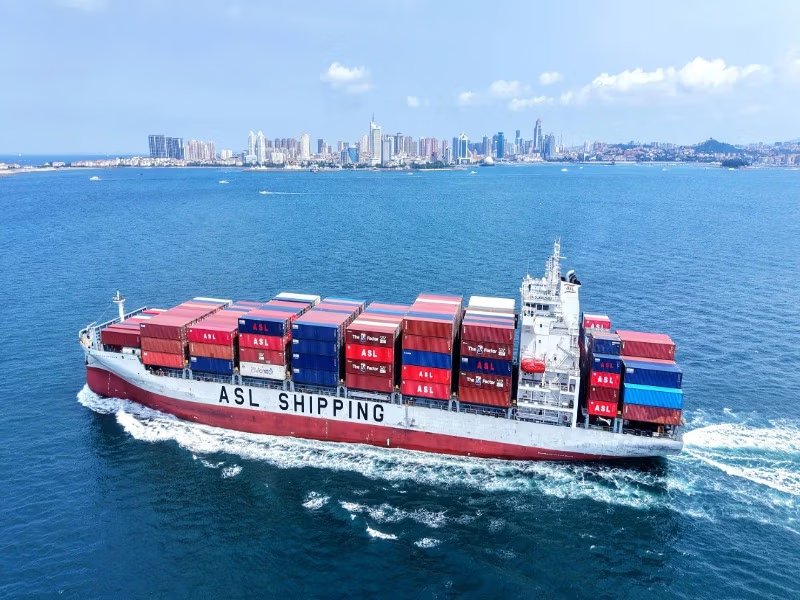Chinese exports rose at the quickest rate in six months in September, with imports registering their largest gain over more than a year, despite the trade agreement China seeks with the U.S. being elusive.
In U.S. dollar terms, exports increased 8.3 percent in September, compared to a year ago, according to customs data released in China on Monday, surpassing the estimated 7.1 percent increase by Reuters-polled economists and recovering after six-month lows in August.
According to LSEG data, imports increased 7.4 percent last month compared with a year earlier, topping Reuters estimates of a 1.5 percent rise, the fastest increase since April of that year.
In recent days, tensions between Beijing and Washington have surged once again, with both sides engaging in barbing and escalating specific restrictions, posing a threat to reverse the gains that have been achieved after several rounds of bilateral trade negotiations held this year.
US President Donald Trump is threatening to impose an extra 100 percent tariff on Chinese exports and stricter export oversight of critical software.
Meanwhile, Beijing continued to broaden restrictions on the export of rare earths, although not all of them came into effect until November, and the blacklist of “unreliable entities” was extended to include the chip consulting firm TechInsights.
A new antitrust investigation has also been initiated by the authorities on U.S. semiconductor manufacturing giant Qualcomm.
They have been warned by both sides that they would impose charges on each other, docking their ships in their respective ports, which would be effective on the same day, on October 14. The Chinese taxes will begin at 400 yuan ($56) per ton, just like the one imposed by Washington.
According to the Center of Strategic and International Studies, the U.S. occupies only 0.1 percent of the total number of ships built in the world, with most of that figure belonging to China, which constitutes 53.3 percent.
At a news conference on Monday, a spokesperson of China Customs, Lyu Daliang, told reporters that Beijing hoped the U.S. would come to see that it was taking the wrong step by increasing port fees, and it called on Washington to go back to dialogue and negotiation.
Lyu further noted that the recent tariffs imposed by some countries this year have been detrimental to businesses as well as to the overall economy of the world, as China has pledged to stand with multilateral trade.
The refusal of China, the biggest importer of soybeans in the world, to resume buying the crop of America further weakened the chances of reaching a trade agreement.
Trump had previously stated that he would like to urge the Chinese president during their scheduled meeting in late October to lift the months-long moratorium on the purchase of U.S. soybeans.
The Commerce Ministry of China had earlier reported on Sunday that the U.S. ought to step aside its threats to impose tariffs and that more discussions should be made in order to address any pending trade disputes.
The Commerce Ministry said, “Threatening with high tariffs at every turn is not the right way to get along with China. If the US persists in its own course, China will resolutely take corresponding measures to safeguard its legitimate rights and interests.”
At the Monday press conference, Customs Vice Minister Wang Jun explained that the fourth quarter will not be easy to stabilize the trade due to the complicated external environment and the high base effect of the previous year.






